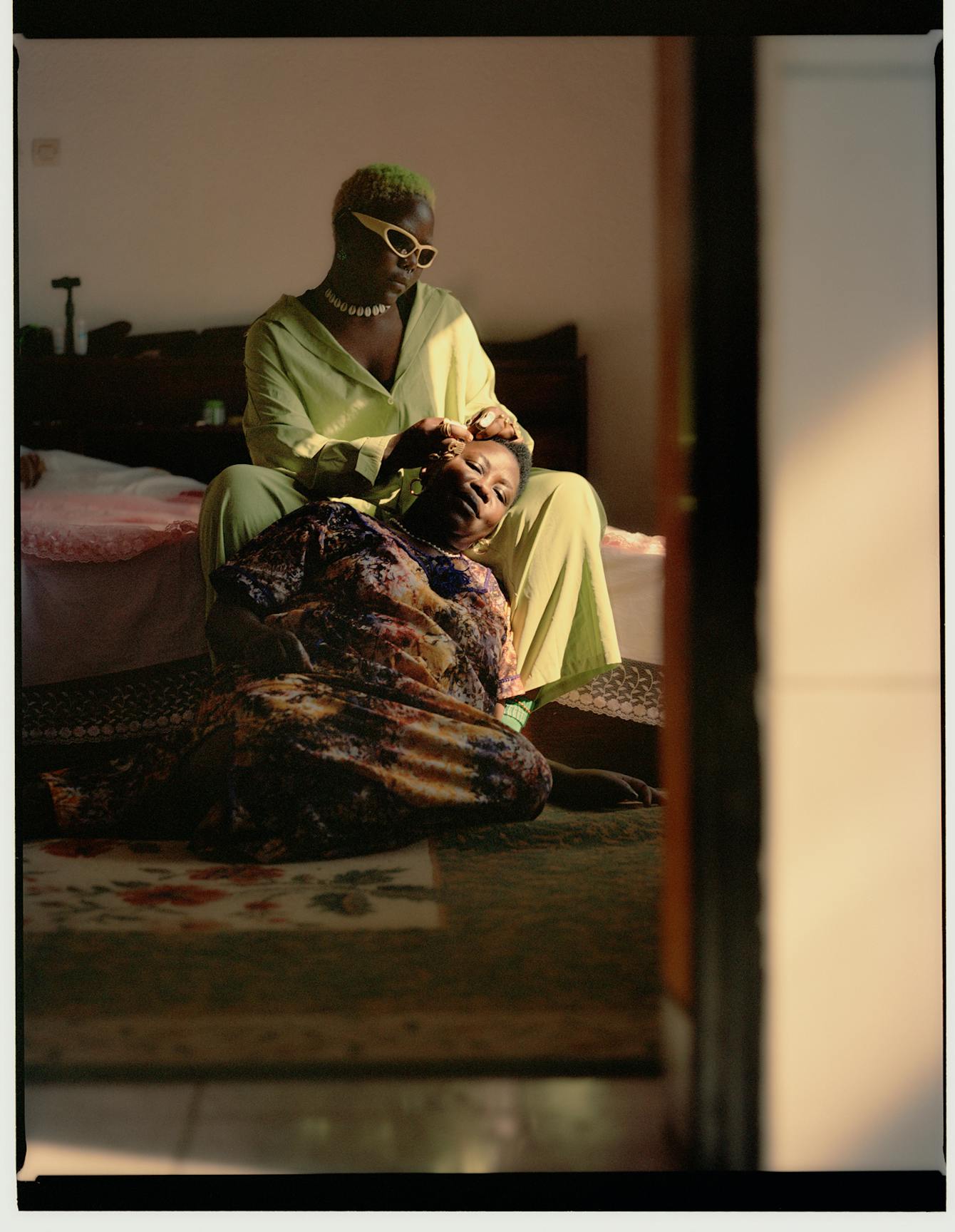“Collecting goes beyond the artist – it is building a universal archive of culture”. With this mission in mind, Musoke Nalwoga (Uganda, 1994) who founded MOTORMOND in 2021 aims to create an impactful Black Queer community within the African Diaspora, operating from Amsterdam. At Unseen, MOTORMOND will showcase the latest portrait series featuring Errant Black Girlhoods by Burundi born and Amsterdam based photographer Nella Ngingo (1992). Nalwoga: “At Unseen we want to shed light on the idea of Errant Black Girlhoods because it is important to give Black women space for disobedience and self-making.”
Forward thinker Musoke Nalwoga founded MOTORMOND in 2021, a Black Queer community organisation dedicated to circulating critically grounded Pan Diasporic Culture. At Unseen, MOTORMOND shows work by the multitalented Nella Ngingo who photographs individuals from the Black Queer community. Ahead of the fair, Unseen engages in a conversation with Nalwoga regarding the necessity of an institution such as MOTORMOND within the art world, her vision on Black Queer institutions, how to sustain them and her motivation to celebrate Black victory through organising exhibitions and creating a community in Amsterdam.
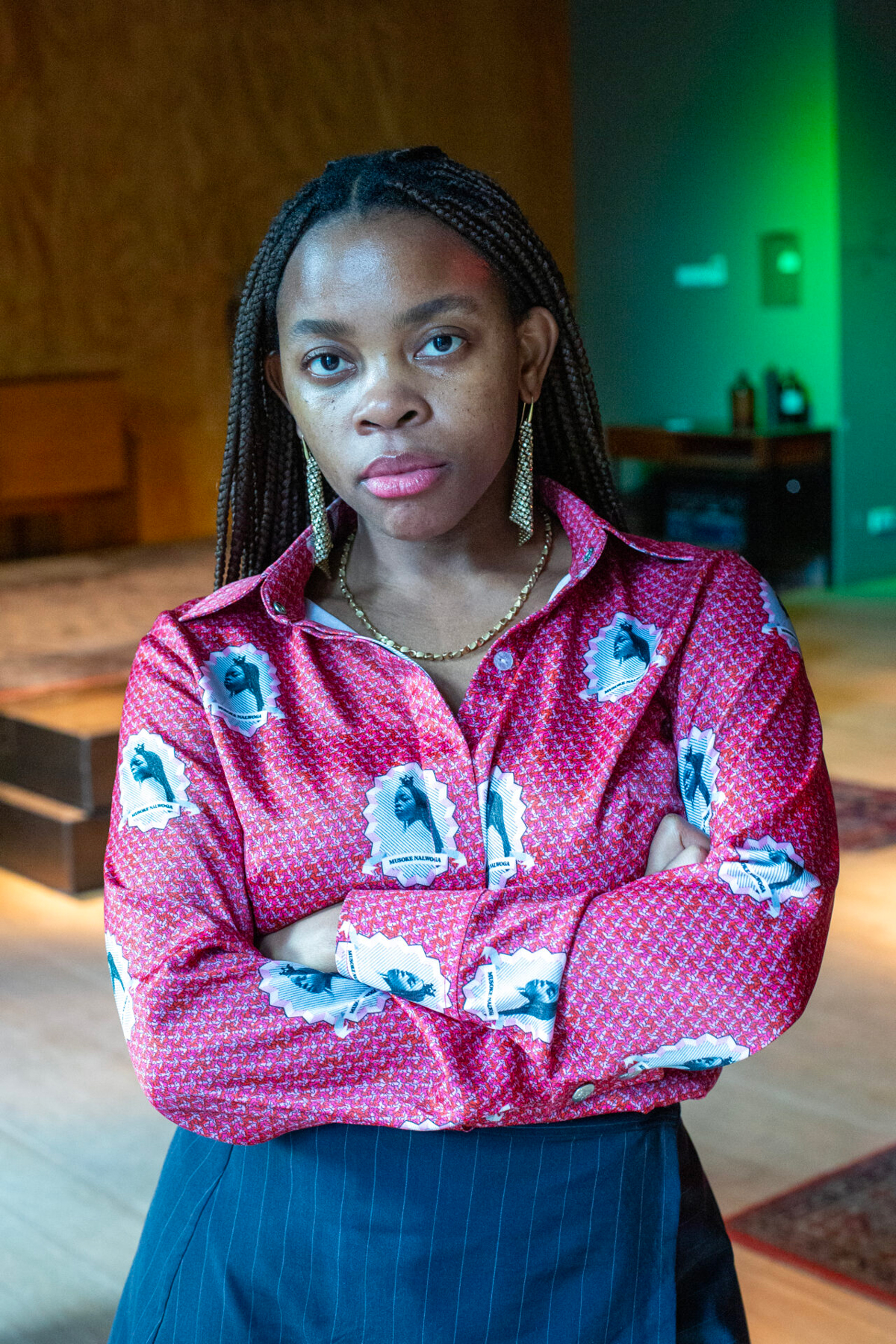
In 2021 you founded MOTORMOND, can you tell us what motivated you to start this platform?
Three years ago I needed a project such as MOTORMOND to deal with the sense of helplessness that surrounded the murder of George Floyd (an African American man who was murdered by a white police officer in Minneapolis in May 2020, red.). It was also meant to be a safe space for me and my friends outside of our homes during the COVID-19 lockdowns. As a young woman with a migrant background living in Amsterdam I asked myself: what does it mean to be BIPOC (Black, Indigenous and People of Color, red.), Queer in Europe and how can I create a community that shares my identity? MOTORMOND has grown to be both: a personal and a public institution.
How do you position MOTORMOND in the world of contemporary art?
Rather than defining ourselves as an art space, museum or gallery, we really start from the question of how do we sustain this Black Queer intersection within the arts. What differentiates us from the scene is that most institutions are being held by certain funding that are quite rigid. MOTORMOND is in perpetual transformation; we can move faster and launch more experimental projects. Furthermore, we have taken the momentum of the diversity and inclusion movement and built upon it to tell deeper and more community driven stories of Queer and BIPOC individuals.
MOTORMOND is currently located in the Kinkerstraat, but where did your journey start?
Actually we started in ISO Amsterdam Nieuw-West where we stayed for four months organising performances and screenings. From there we went to Uilenstede in Amstelveen for nine months followed by a short stint in Heesterveld: a BIPOC artist community in Amsterdam Zuid-Oost. We have been at the Kinkerstraat for more than a year now, which is something to celebrate. Here we have our own front door and we are not attached to any managing institution. What makes me happy every time is that during events, we can be open as long as we want. That kind of freedom builds an intimate community.
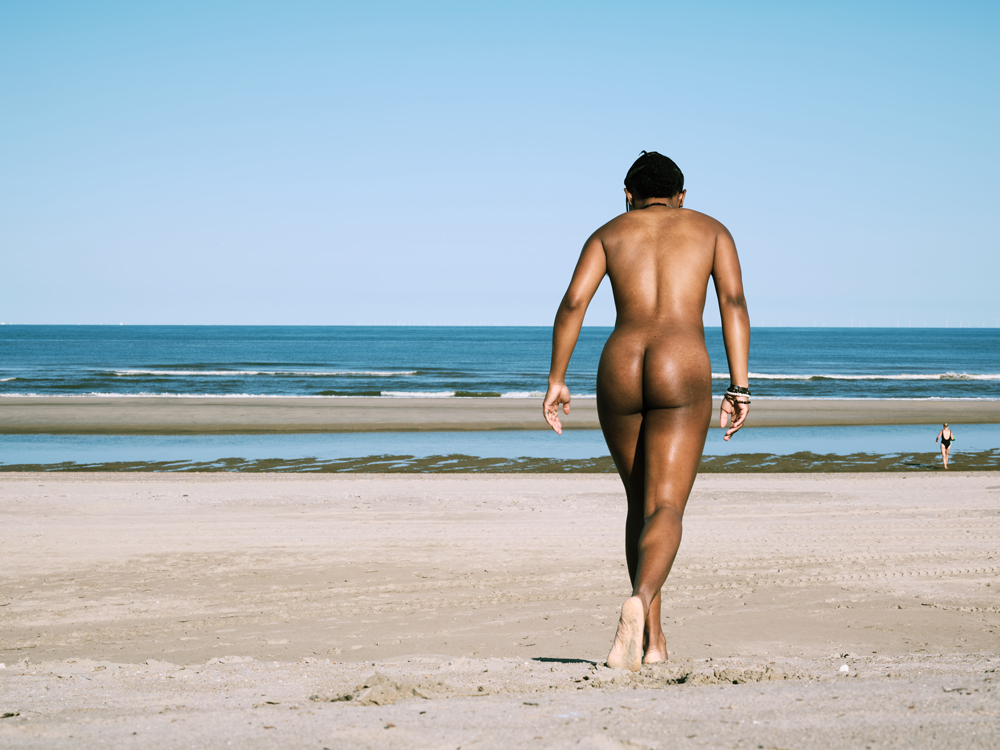
This year, MOTORMOND participates for the first time at Unseen, what can we expect from your booth presentation here?
We will present work by Nella Ngingo (Burundi, 1992), a seasoned photographer who works on an international level and within the Amsterdam scene. Ngingo is deeply immersed in the Black Queer community. Ngingo has developed a new series of photographs that explore the concept of Errant Black Girlhoods by focusing on the sensitive and nuanced space of masculinity as it relates to Black women. For this body of work, Ngingo has examined the various ways in which Black masculine women perform Errantry, in other words, how they navigate leaving and returning home and how they embody the practice of being both gorgeous and handsome in the world (‘handsome' and 'beautiful' both refer to being good-looking; however, ‘handsome’ is primarily used for men, making it a gender-based construct red.).
At Unseen, to provide deeper context for Ngingo’s project, we have invited social activist and multidisciplinary artist DeLovie Kwagala (Uganda, 1994) to engage in a conversation about Ngingo’s work. Sophie Douala (Cameroon, 1990) will be part of our team as the overall designer of our booth. In addition, we are excited to announce the first issue of our MOTORMOND Magazine titled ‘Errant Black Girlhoods’ with contributions from photographers Nella Ngingo, Siomara Van Bochove, Bernice Mulenga and Keren Lasme, collage artist Thato Toeba, film curator Róisín Tapponi, video artist Aida Aslaksen, social activist DeLovie Kwagala, and Marie-Anne Leuty of media platform The Quick and The Brave. The magazine is edited by me and designed by Sophie Douala.
Introducing new ideas and the work of innovative photographers is at the heart of Unseen. We are deeply honoured that you are sharing these untold narratives with our public.
Exactly. I am very excited that our audience, primarily composed of Black women, will likely attend Unseen for the first time, drawn by their favourite photographer Nella Ngingo. Maybe they will purchase their first image or start to imagine themselves as part of a new generation of collectors. I am genuinely looking forward to our participation at Unseen, as it represents a significant step towards achieving our goal of circulating Black Queer art in a new and exciting way.
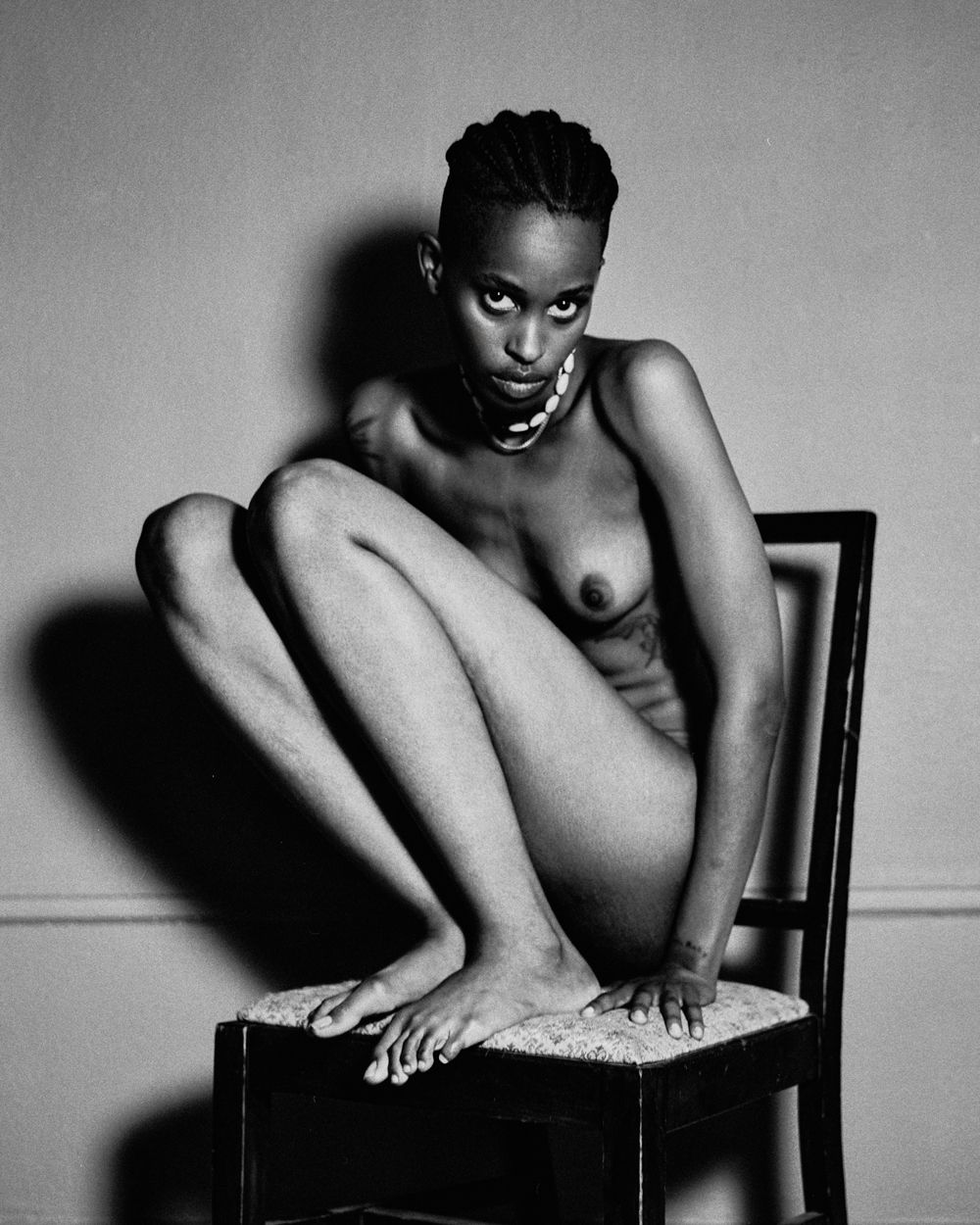
Can you elaborate on the value of collecting art?
People make art to solve problems, which makes culture a problem-solving mechanism. As a result, it can evolve into an archive, a storage of information. In Nella Ngingo’s new series, we can ask ourselves: ‘What do these images tell us about the problems that black women are trying to solve by performing these specific forms of errants? You are not only buying an art work but at the same time, you are collecting a particular history. By consequence, collecting art goes beyond the act of buying work of an artist – it is building a universal archive of culture. l would like to see Black Queer individuals start collecting their own history, whether it will be on a small or large scale, as it is always meaningful.
That is such a powerful statement. Building on this, who collects what? Is it necessary for a collector to truly identify with what is represented, as you mentioned your focus on Black Queer people, or do you think other non-Black audiences can also relate to your art?
Firstly, l would like to note that truly everyone is welcome to buy artworks and to spend time at our booth. We are participating at the fair to diversify our audience and to sustain artistic production at the intersection of Black and Queer. I think collectors are important because they showcase the work of our artists in their spaces and through this, they tell our story and help us to sustain MOTORMOND. I strongly hope that those who purchase from our booth will embrace the role of a collector, which involves making the photographs public. Being a collector means presenting, archiving and circulating your collection.
What requirements are meaningful to you when it comes to selecting the artists whom you collaborate with?
We enjoy collaborating with artists who are visibly connected to numerous people — not in a fame-driven sense, but as members of a network of communities. While we are committed to nurturing the creative practices of the artists we work with, we are equally interested in engaging with the communities to which they belong.
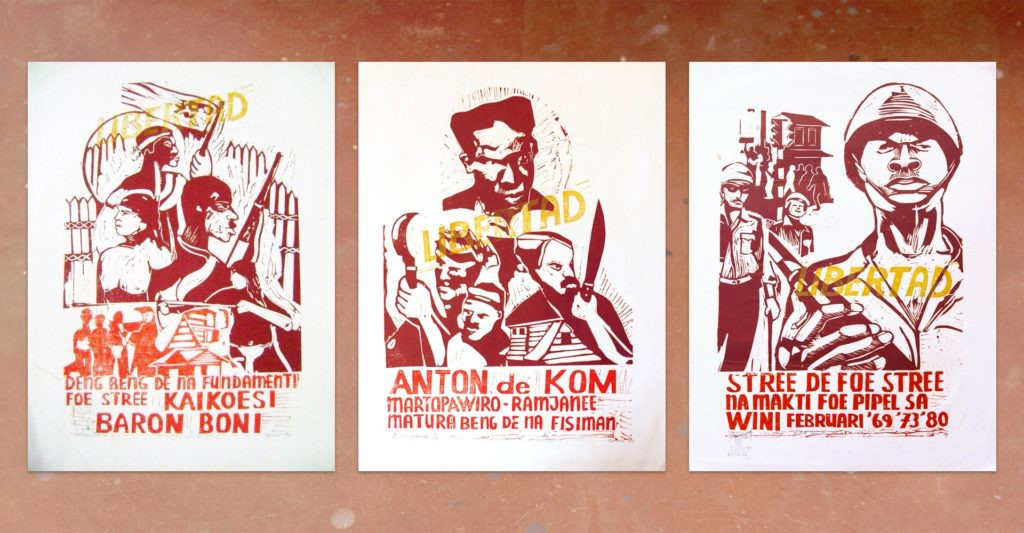
Which exhibition is on show during Unseen at your art space in the Kinkerstraat?
Our exhibition at MOTORMOND, titled ‘Flight Organizing Towards Flight’, showcases poster designs from the 1950s, 60s and 90s that resisted Dutch colonialism from Suriname, Curacao, South-Africa and Indonesia. These designs are juxtaposed with speeches from the leaders of these nations at the cusp of their independence. In my view, much of the current curatorial work around Black histories tends to be framed within Afro-pessimism (a philosophy rooted in the belief that a post-slavery world does not exist because Black people continue to be oppressed red.). ‘Flight Organizing Towards Flight’ offers a new perspective that zooms in on our victories, which were multiple as all of Africa’s efforts towards material decolonization have been successful. It creates historical context for Nella Ngingo’s solo exhibition at Unseen.
Work by Nella Ngingo will be on show at MOTORMOND, booth 18, Unseen 2024.
Join the 'Extended Sonic Party’ at MOTORMOND featuring DJ ARRA on Saturday, 21 September from 9pm till 12am at Kinkerstraat 96 in Amsterdam. Please RSVP via this link.
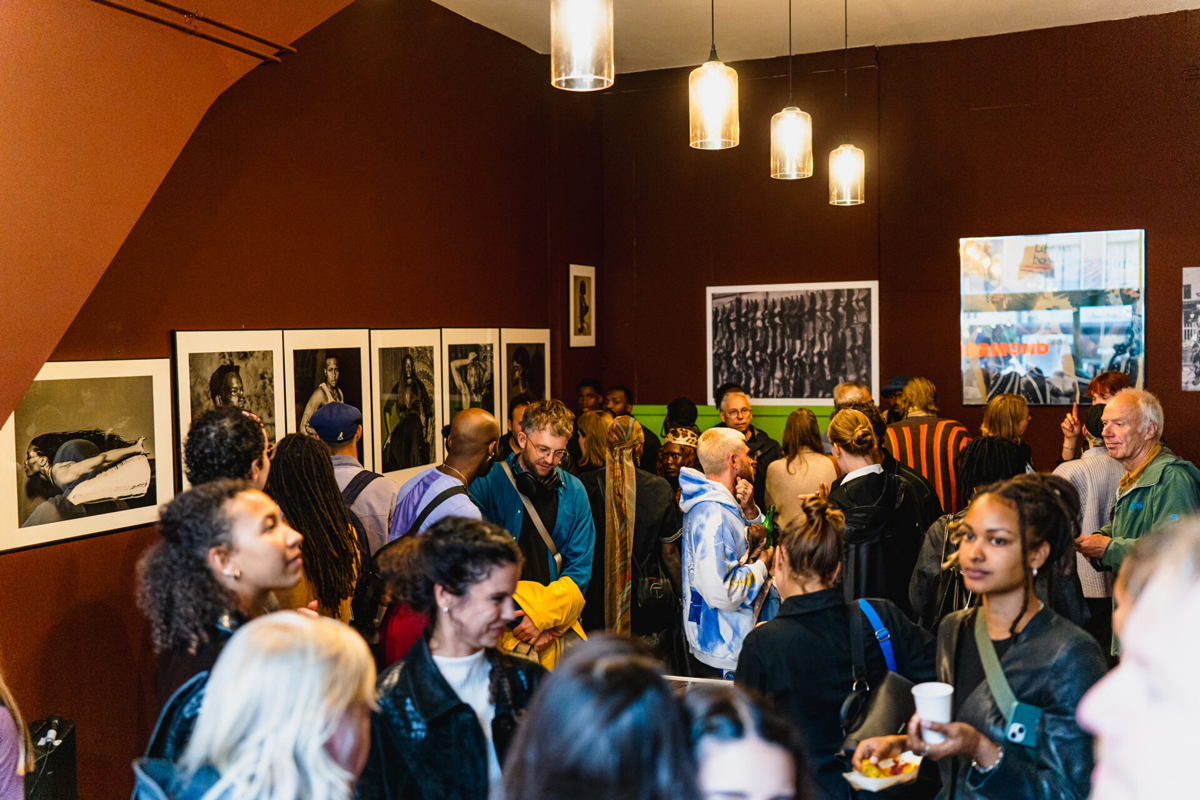
This article was first published by Unseen.

